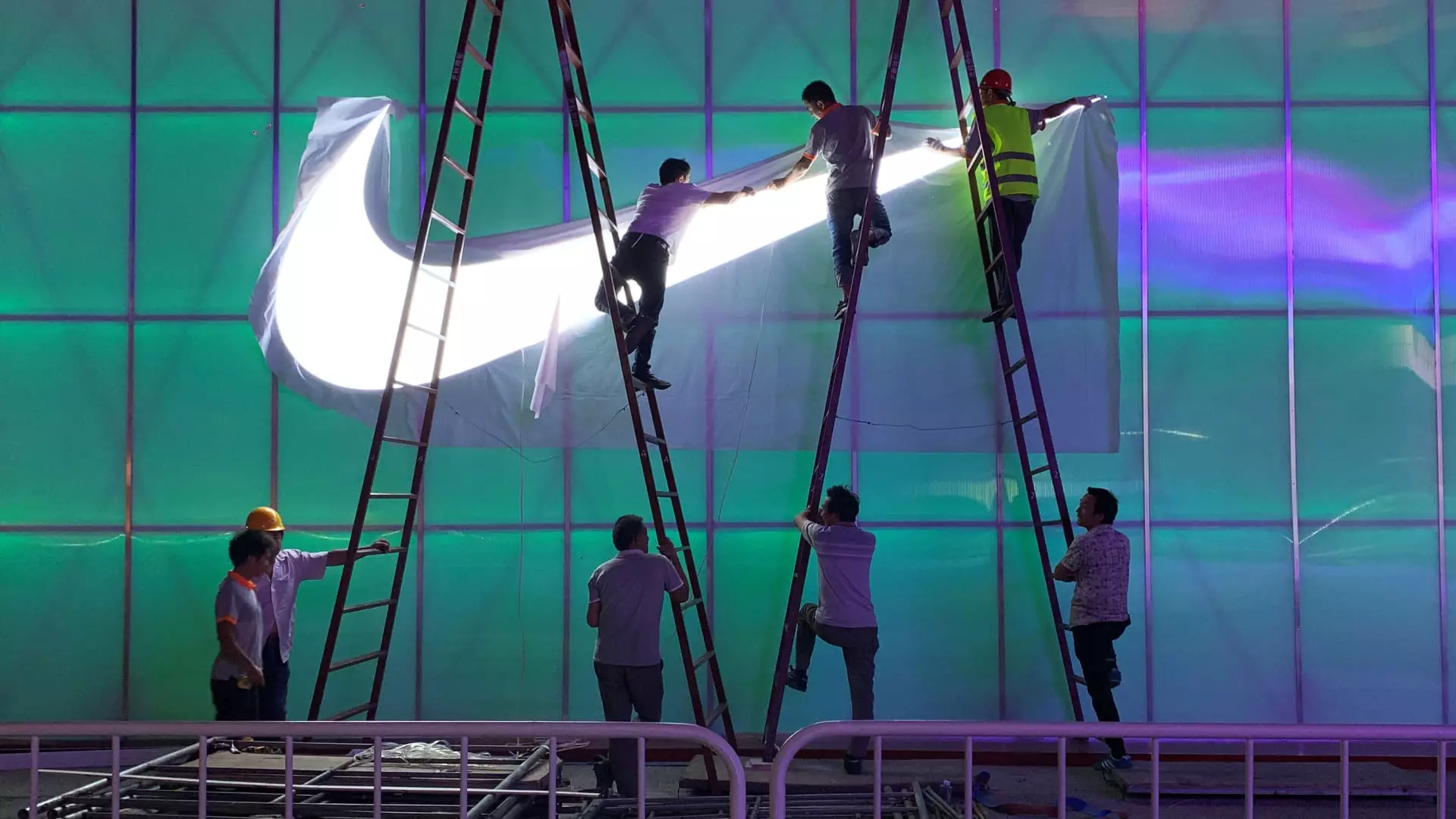As China ramps up its economic stimulus plans, the implications for U.S. companies with significant exposure to the Chinese market are profound. Two notable players—Brian Niccol, CEO of Starbucks, and Elliott Hill, CEO of Nike—find themselves positioned to benefit from a potential resurgence in consumer spending in the world’s second-largest economy. Both companies rank among the top 50 in the S&P 500 with direct sales linked to China; Nike holds a notable 14.7% exposure while Starbucks follows with 8.6%, according to Bank of America. The stakes are high as each leader attempts to navigate challenges and capitalize on any renewed consumer enthusiasm that might arise as China implements these stimulus measures.
However, the journey to recovery is fraught with complexity. Analysts emphasize that a fundamental turnaround for these established brands will likely necessitate further fiscal support to stabilize the property market and enhance consumption. A recent note from UBS analysts highlights the urgency of these efforts, emphasizing that while coordinated stimulus could signal a genuine revival, its success hinges on robust execution and continuity in policy. This raises a pivotal question: Will Niccol and Hill be able to leverage this economic momentum effectively?
With Niccol’s elevation to the CEO position at Starbucks in September, a strategic reevaluation is already underway within the company’s leadership in China. Speculation abounds regarding potential major restructurings, including the possibility of a joint venture with a local company to tailor Starbucks’ operations to better fit the unique preferences of Chinese consumers. Such moves would represent an attempt to adapt to the rapidly changing market dynamics, but clarity on specific strategies from Niccol remains elusive.
Similarly, Nike’s executives continue to view China as a promising battleground for growth, despite some tempered expectations for short-term gains. The company’s CFO, Matthew Friend, acknowledged that while participation in sports is rising in China, the firm must navigate a landscape marked by increasing competition from domestic brands and a potential skepticism towards foreign goods. Hill’s management transition, officially set for mid-October, will be closely monitored, particularly in light of ongoing transformations driven by the economic stimulus.
While investors might be buoyed by the leadership changes at giants like Starbucks and Nike, the reality remains that a bounce in Chinese consumer sentiment won’t automatically translate into increased sales. Years of adversity—marked by rising competition from local brands and growing nationalistic sentiments—have created a landscape in which foreign brands may need to earn back consumer trust actively. As Bank of America’s Chen Luo highlights, consumers are increasingly discerning, weighing products’ functionality and brand story more heavily than before.
Therefore, it’s critical for Niccol and Hill to realign their brands with the values influencing Chinese consumer behavior. The expectation that global brands will automatically benefit from economic recovery in China might be overly optimistic, especially considering the backdrop of shifting sentiments towards local versus international brands.
Despite initial optimism reflected in stock price reactions following the news of leadership changes, investors remain wary. Prominent portfolio managers suggest that while an elevation in executive morale may serve as a positive sign, there remains significant uncertainty regarding the growth trajectories of these brands amid ongoing market volatility. Ellen Hazen, chief market strategist at F.L. Putnam, underscores the need for caution; she notes that while any stimulus is advantageous, its real impact on consumer purchasing remains unclear.
Moreover, industry experts highlight that both Starbucks and Nike have considerably underperformed against broader market indices year-to-date. The mixed sentiment on Wall Street underscores the prudence among investors, who are inclined to adopt a wait-and-see approach as news regarding the implementation and effectiveness of China’s stimulus emerges.
With their eyes set on a formidable market like China, both Niccol and Hill have the opportunity to spearhead transformation within their respective companies. However, realizing this potential hinges on their ability to execute strategic changes in response to complex market dynamics. The long-term success of Starbucks and Nike will not only depend on global economic recovery but also on the agility with which they adapt to local consumer needs and sentiments. As the situation unfolds, monitoring the effectiveness of China’s stimulus, along with subsequent impacts on consumer behavior, will be crucial to understanding the trajectory of these iconic brands in an ever-evolving marketplace.

Leave a Reply